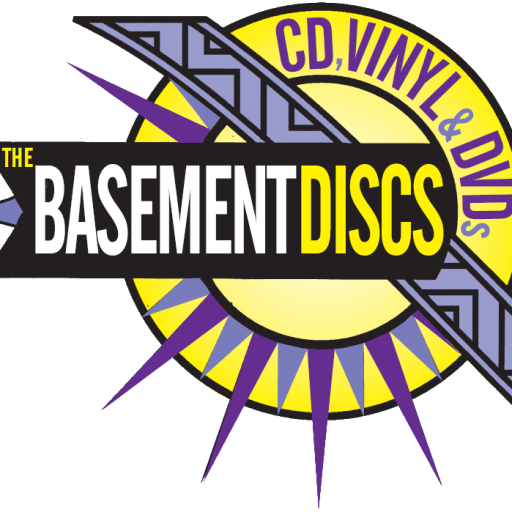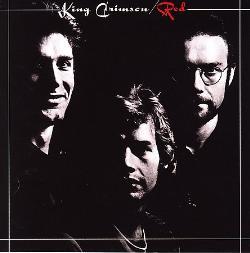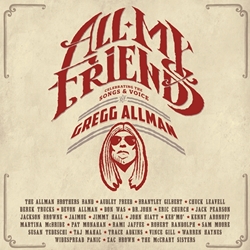Description
For many people, King Crimson will forever be associated with the pomp and pageantry of 70s prog rock: Roger Dean cover art, concept suites, and endless keyboard solos.But how wrong they are. Yes, King Crimson were there at the birth of this divisive genre – but under the leadership of guitar wunderkind Robert Fripp, they forged a unique path of their own that quickly saw them leaving behind the lyrical whimsy and musical grandstanding of their first few albums to arrive at a sound that was both freer and more focused, embracing improv, world, modern classical and proto-noise rock elements. And it’s this leap into uncharted sonic waters that makes King Crimson one of the most significant bands on the rock timeline. Because it’s with King Crimson – and particularly Fripp’s dense, geometric fretwork – that a new type of heaviness starts to emerge, one that effectively disengages itself from the blues-derived riffology practiced by the big three of early 70s hard rock – Sabbath, Zeppelin, Purple – and instead creates a starker, colder, darker version of heavy that nevertheless still delivers serious cathartic thrills. King Crimson distilled this new sound down to its pure essence on Red, but ironically, this was achieved at the expense of the group itself – disillusioned with the music business and undergoing a spiritual crisis, Fripp disbanded King Crimson two weeks before the album was released in October 1974. But as final statements go, Red takes some beating.




